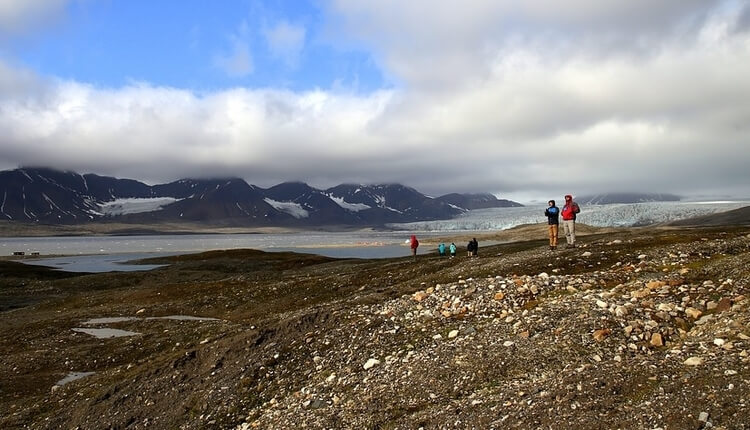The Surprising Discovery of Multidrug-Resistant Bacteria in Remote Arctic Soil

How fast can bacteria disseminate and carry harmful genes? Well, the study conducted by Jennifer Roberts, professor, and chair of geology at the University of Kansas, in the remote High Arctic of Norway has uncovered the astonishing global spread of antibiotic-resistant microbes. Dr. Roberts undertook this study assuming that the drug-resistant bacteria would not be found in such a remote place. However, to her surprise, she found not only antibiotic-resistant bacteria but also the multidrug-resistant “superbugs.” The research team genetically sequenced DNA from 40 samples of soil from 8 different locations. They found 131 antibiotic resistant genes including the dangerous blaNDM-1. Initially, blaNDM-1 was detected in New Delhi in 2007. This gene triggers resistance to carbapenem antibiotics which are a last-resort for otherwise untreatable infectious diseases. The spread of blaNDM-1, in particular, is highly concerning, drawing attention to the rising crisis of global antibiotic resistance. The need to find an alternative or a new treatment for antibiotic resistance is at the highest. To know how these bacteria reached a remote area so soon after their discovery in India.
To know more, click here now!









